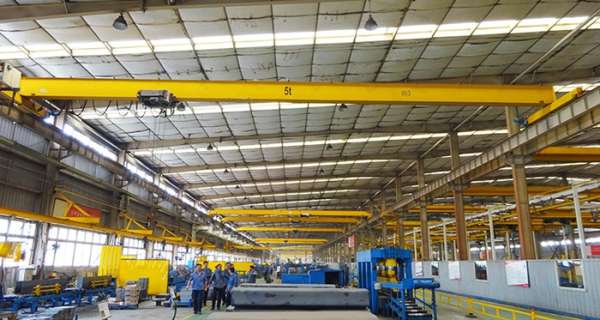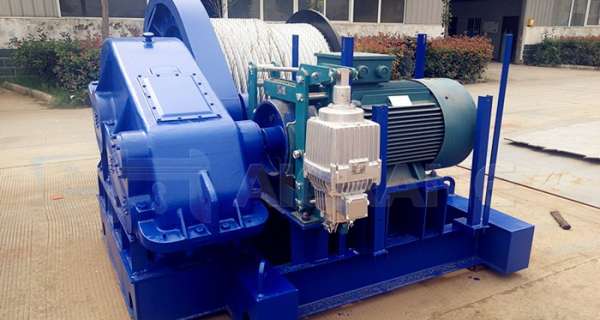The Future of Tamil Translation in the Digital Age: Trends to Watch
In today's fast-paced digital scenario, the need for accurate and efficient translation is often viewed as the most critical, especially with regards to Tamil spoken by millions of people around the globe. The need for Tamil translation services is on a rise because businesses and individuals are eager to enter South India and also overseas markets. The future of Tamil translation seems to be very bright with many different trends revolving around how the translation will be in the age of digitization.
Rise of AI and Machine Learning in Tamil Translation
The most exciting future trend in Tamil translation will be the use of artificial intelligence (AI) and machine learning within the very near future. This is significantly improving various tools like Google Translate and other AI-specific platforms for translating Tamil text more precisely. Besides making the process automated, AI has made it faster and cheaper. AI has slowly been getting better and better at understanding context, slang, and idioms-things that were once not translatable.
Yet with significant AI progress, it would take professional English to Tamil translation for high quality with nuance. For legal, medical, and other specialized fields, human translation holds the secret to achieving the best possible results.
Increasing Demand for Real-Time Translation
Given the effect of globalization and digital communication, the importance of translation in real-time is gaining momentum day by day. Content in Tamil is being consulted by audiences on various digital platforms, such as social media, e-commerce sites, and educational portals. It has triggered the demand for translation services in real-time, whereby businesses need to provide timely translations to cater to the Tamil speaker consumer segment.
Such an advantage stands for sectors like that of customer service, where Tamil-speaking clients demand real-time assistance in their own language. In the future, more businesses may be expected to integrate real-time translation tools into their websites, apps, and chatbots for smooth communication across language barriers.
Increased Focus on Localized Content
Localization is more than translation; it means making adjustments to fit cultural nuances, customs, and preferences. In the digital age, companies can readily reach out to specific regions, and with Tamil being one of the major languages of India, the call for Tamil localization services is increasing.
Incorporating local relevance within marketing campaigns, video content, or websites so that they resonate with Tamil-speaking audiences will be the demand now. This trend can be viewed intensely in sectors like entertainment, e-commerce, and education, where culturally relevant content can create user engagement.
Integration of Tamil Translation in Multilingual Platforms
In addition, as the internet gradually is made inclusive, more and more businesses are recognizing the need to make their webpage and mobile application multilingual. One such original language is Tamil, included among the languages that are becoming wider to reach the vast ethnic population of Tamil-speaking Indians at home and abroad. Thus, not only will multimodal composed but integrated-with-Tamil-translated services become a little more user-friendly, but those services, too, will attract people from different audiences to avail of their much-needed service.
While predominant globally, businesses must ensure that they acquire easy translation into Tamil. Therefore, companies and industries will keep on opting for professional Tamil translation services to make their content accessible as per the market.
Growth of Tamil Content in the Digital Space
In Tamil, the digital explosion of YouTube, social networking, and streaming services have enabled massive content creation. With Tamil content gaining ground, the need for professional translation emerges to address a larger audience. This is where Hindi translation services become important, as many of the industries in the Tamil region want to venture into the Hindi-speaking audience.
Be it movie subtitles, podcast transcription, or blog article translation, the demand for quality Tamil translation will grow across the board-from media and entertainment to education. With the consumption of Tamil content increasingly generating profits, the need for a quality translation will soon enough become an essence for every other business to remain in relevance.
Increased Use of Voice and Audio Translation
In voice and audio translation, another area which Tamil translation is likely to take off is voice input and output. As increasing numbers of people adopt devices that are voice activated, such as smartphones, smart speakers, and virtual assistants, so too must the translation service develop for spoken language.. Spoken Tamil is much harder to translate than written form. However, development in speech recognition and natural language processing will soon make it possible.
There is sure to develop a growing market for real-time voice translation in Tamil as more people use voice commands in the language. This technology could change the parameters of customer service, travel, and global communication.
Conclusion
The future of Tamil translation in the digital age has all the promise. Wherever there is development in AI, real-time translation, localization, and voice technologies, and within such an evolving paradigm, the demand for adequate professional translation services will gain momentum. Businesses that recognize the importance of professional English to Tamil translation and invest in quality translation solutions will have a competitive edge in addressing the Tamil-speaking demographic.
Whether for marketing, customer service, or content creation, businesses ought to keep abreast of these emerging trends so that they can stay ahead in the digital age. As Tamil-speaking populations continue to grow, the demand for high-quality translation and localization will also grow, thus determining the future of cross-cultural communication.




































0 Comments